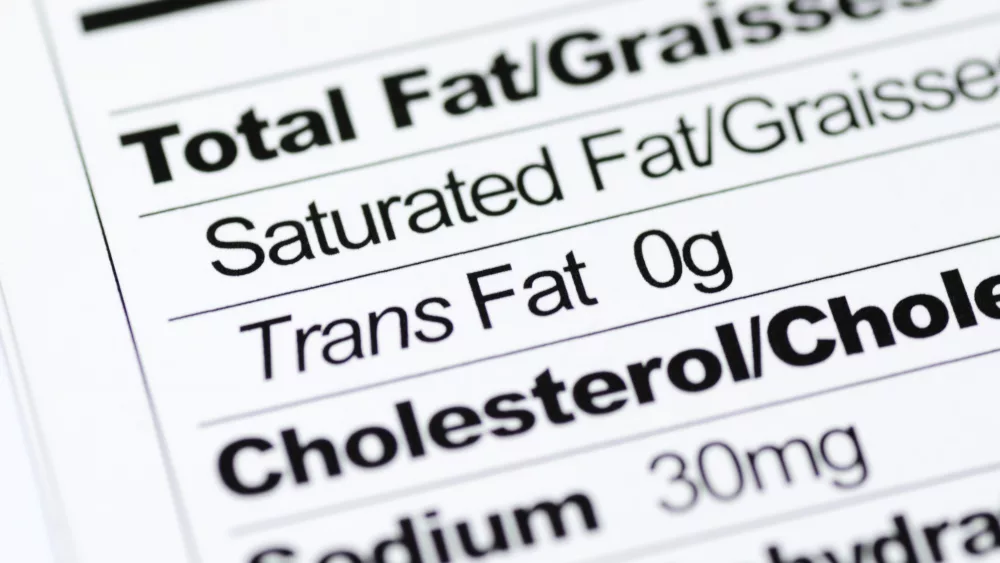Recently, I had a conversation with my cannabis-loving friend, a pot-smoking Silicon Valley entrepreneur whom I’ll call Bob. He’s preferred weed over wine for years. I mentioned how the world of wine is changing, including massive competition, a slowing of growth and shifting from the view that wine is healthy. As I talked, Bob grinned widely, his super-white teeth flashing in the sunlight.
“No one has ever overdosed from marijuana,” he said.
“That might be true,” I said. “But I am certain people have died from driving stoned.” He just shook his head.
“Even without the health issues, the market is oversaturated with wine,” he said. “Let’s do some basic math.”
In the United States, last year alone, the Alcohol and Tobacco Tax and Trade Bureau (TTB) approved more than 125,000 new wine labels. In 2018, of the roughly 400 million cases of wine sold in the U.S., about 1.5 percent went through direct-to-consumer (DTC) channels—e.g., wine clubs or online—with the rest of the cases sold through more typical “off-premise” establishments (retail and grocery stores, which accounted for about 80 percent of total sales) and at “on-premise” channels such as bars and restaurants (which made up a little less than 19 percent).
Lots of competition
Roughly 90 percent of wine sold in the U.S. is made by the top 30 producers, and more than half of the wine sold domestically comes from E&J Gallo, The Wine Group and Constellation Brands. That means roughly 10,000 U.S. wineries must compete for what amounts to 10 percent of the available sales not already accounted for by the top 30. Problem is: there’s not as many wine drinkers as you might think.
About 60 percent of Americans drink occasionally, according to a 2012 Gallup poll, which was consistent with the historical average of around 63 percent since 1939. About 35 percent of drinkers preferred wine over beer or spirits. The U.S. population is roughly 325 million people, so that makes about 195 million who drink occasionally, 68 million of them preferring wine.
If these numbers are accurate, then the top 30 wine producers have about 61 million wine-preference customers (90 percent of the wine-preferring public), while the other nearly 10,000 domestic wineries have access to the remaining 10 percent (7 million). Of course, there are those who drink wine and beer or wine and spirits, but just for fun. If we assume these folks aren’t the target for small, non-corporate-owned wineries, then if each of these such wineries makes 2,500 cases a year (i.e., 25 million cases a year, in total), they’d need to sell them to only 7 million wine-preferring people. Or in other words, 3.6 cases of wine per wine-preferring person per year. This doesn’t even take imports into consideration.
Younger generations
Adding to the complexity, the newest and biggest population of potential wine-drinkers (the Millennials) aren’t drinking as much as their parents. In fact, they’re drinking much less and have even shifted away from wine toward spirits, beer and other fermented beverages (e.g., cider), and more than 10 percent have shifted toward a preference for legalized cannabis. There is also a distinct shift away from the perception that there is a health benefit to drinking.
My friend’s perspective
“Man,” he said, before taking a long draw from a joint and holding in the smoke for a long moment before continuing. “You alcohol-lovers don’t have a leg to stand on with your health claims,” he added, his voice wheezy from holding in the smoke.
“Maybe, but wine has had a storied place within many societies for thousands of years,” I told him with pride.
“Same for weed,” he said, holding up his smoldering joint as if in evidence. “There’ll be a time when society doesn’t view your precious wine the same way it does now.”
“Maybe,” I said, getting a little defensive. “But that’s a long way away.” Bob just smiled. His expression reminded me of a relaxed seal.
“All I can tell you, my friend, is that the world is changing,” he said, as he readied to take another toke. “So you might want to prepare.”





